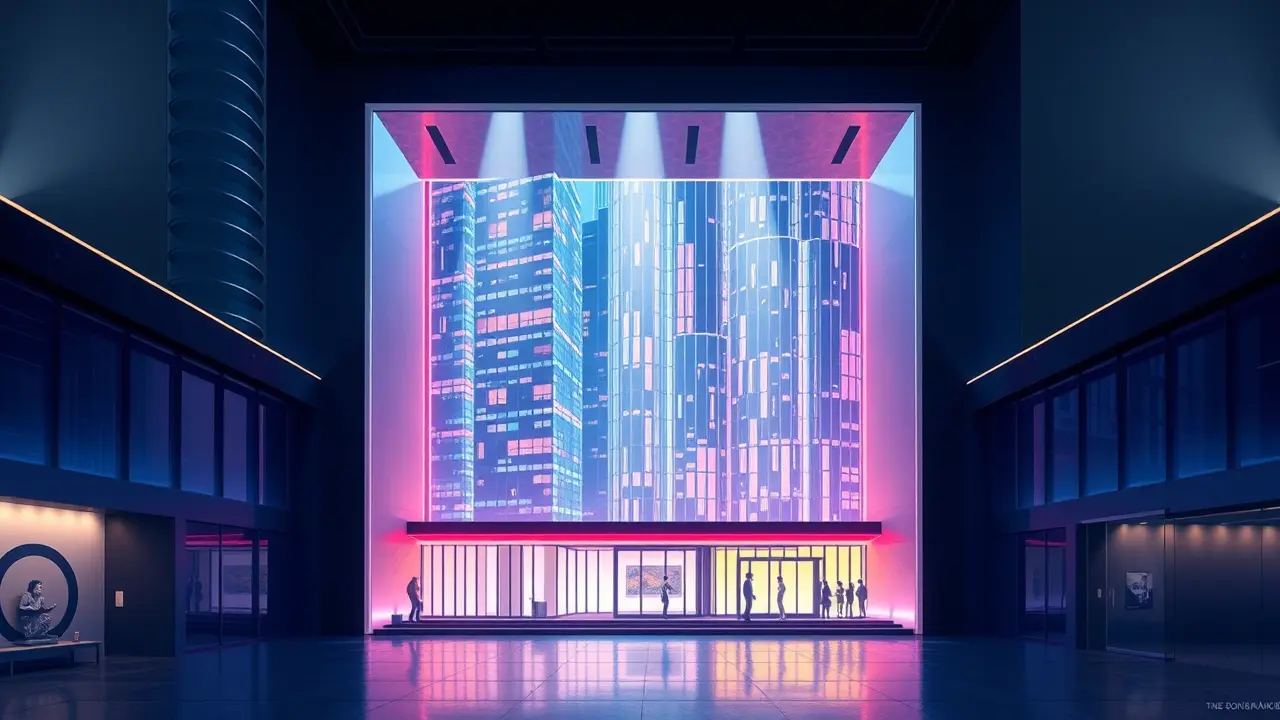Major Art Galleries Close Hong Kong Locations Amid Market Slump
The art world’s glittering Hong Kong experiment is facing its most significant curtain call yet, as two of its most prestigious players, Pace Gallery and its unnamed counterpart, prepare to exit the stage. This isn't merely a business closure; it's the dimming of a spotlight on a city that, for a vibrant if brief period, positioned itself as the unequivocal gateway between Eastern and Western art markets.The departure of Pace from its seven-year tenure in the iconic H Queen’s building in Central—a vertical gallery concept that itself symbolized the ambitious, sky-high aspirations of the era—following the final bow of Cuban artist Alejandro Piñeiro Bello’s exhibition on October 18, sends a seismic shock through the international circuit, one that resonates with the melancholic finality of a closing night. To understand the profound weight of this moment, one must look back to the heady pre-pandemic years, when Hong Kong’s art scene was the darling of the global elite, a seemingly perpetual gala opening fueled by tax advantages, a growing class of mainland Chinese collectors, and the intoxicating promise of endless growth.Major auctions at Sotheby’s and Christie’s would see records shattered with a casual flick of a paddle, and galleries scrambled to plant their flags in prime real estate, believing the music would never stop. Yet, the multi-year slump that followed was a narrative of slow-burn tragedy, a plotline featuring a punishing global economic cooldown, a protracted property market crisis that eroded the foundational wealth of local patrons, and geopolitical tremors that have made international collectors and institutions increasingly cautious.The closures represent a brutal, final edit to a script that once promised a different ending. It’s a story of recalibration, where the ‘global footprint’ is no longer about omnipresence but about strategic retreat to core markets like New York, London, and a perhaps renewed focus on mainland cities like Shanghai and Beijing.The symbolism is inescapable: H Queen’s, a tower literally built for art, now stands as a potential monument to a bygone boom, its future tenancy a question mark hanging over the city's cultural district. What does this mean for the artists these galleries champion, for the local ecosystem of curators, framers, and installers, and for the very identity of Hong Kong as a cultural hub? The exodus suggests a market in a fundamental state of correction, one where the speculative fever has broken, leaving behind a more sober, and perhaps more authentic, artistic landscape to be navigated by those who remain. The final image of Pace’s lights going out is more than a corporate decision; it’s a powerful scene in the ongoing story of global art commerce, a narrative of rise, reassessment, and the painful, necessary intermissions between acts.
It’s quiet here...Start the conversation by leaving the first comment.
